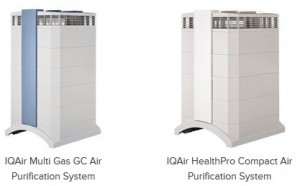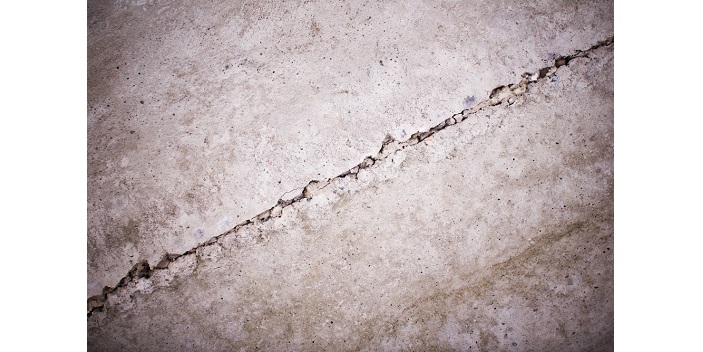November is Lung Month and also Radon Action Month, and health officials are urging Canadians to test their homes for radon.
It is estimated that 3,000 Canadians die each year from lung cancer caused by exposure to radon. Yet only about 4% of Canadian homes have been tested for radon, the second leading cause of lung cancer after smoking. As a result, most Canadians are unaware of the deadly gas that may be present in their homes.
What is radon?
Radon is a naturally forming, radioactive, colorless, odorless and tasteless gas. It is found in almost all soil, and is produced by a natural process as uranium breaks down into radium and then into radon gas. Radon in turn breaks down into solid radioactive elements known as “radon progeny” (such as polonium – 218) that attach to airborne particles. Radon enters a home through cracks in the floor or walls of the basement or foundation.
Radon and your health
Because they are radioactive, radon and radon progeny emit alpha particles, a high-energy radiation that damages DNA in human cells and causes lung cancer. When radon is inhaled, particles become lodged in the lungs where they continue to emit alpha particles. Some studies have also suggested a link between radon and leukemia, though it can’t be definitely determined and more research is needed.
What you can do
Here are a few simple steps you can take to control radon levels in your home and help protect those you love:
1) Test for Radon. The first step in managing the risk of radon is to have your home tested. Every home is unique, and a home with dangerous radon levels can be next door to a home with virtually no radon. Any radon level higher than 200 becquerels per cubic metre (200 Bq/m³) is considered by health authorities to be unsafe. Testing should always be conducted by a qualified contractor, and should include both short-term and long-term testing. Look for a radon mitigation professional who is C-NRPP certified online.
2) Mitigate Radon. A qualified radon mitigation contractor will help you determine the most effective way to reduce radon in your home. These techniques include:
a) Sealing cracks. Since radon enters your home through cracks in the floor and the foundation, sealing cracks and leaks is an important first step. However, sealing cracks will limit but not completely stop the flow of radon into a home.
b) Suction. On effective method of eliminating radon includes inserted pipes into or below the foundation slab. These pipes are then connected to a vent fan that pulls radon from below the house and releases it out into the open air.
c) Depressurization. This generally involves drilling a hole in the basement floor and extending a pipe beneath the slab of the house. The pipe runs up through the home and then vents outward with the help of an inline fan.
d) Ventilation. Installing a heat recovery ventilator increases ventilation by drawing outside air into the house and expelling radon-contaminated air. Air is warmed or cooled as needed, and air filtration can be added to filter the outdoor air coming in.
e) Filtration. While filtration is not the only method by which radon can be reduced, research has shown that even standard HEPA filters can reduce radon by as much as 85%. And while air cleaning is not recommended to control radon because most filtration systems, even HEPA filters, are incapable of stopping the tiniest particles to which radon progeny adhere. IQAir’s HyperHEPA filtration, on the other hand, filters particles down to 0.003 microns – the smallest particles that exist.
 Given that November is Lung Month and Radon Action Month in Canada, now is as good a time as any to test your home for radon. The sooner you have your home tested, the sooner you will be on your way to ensuring yours is a healthy home for you and your family.
Given that November is Lung Month and Radon Action Month in Canada, now is as good a time as any to test your home for radon. The sooner you have your home tested, the sooner you will be on your way to ensuring yours is a healthy home for you and your family.
This article is brought to you by our friends at IQAir North America, Inc., a member of the Swiss-based IQAir Group that develops, manufactures and markets innovative air purifiers and air quality products for indoor environments around the globe. IQAir is the exclusive educational partner of the American Lung Association for the air purifier industry. Jarrod Barker
UPDATE- From Futurism: “Say goodbye to ‘cracks’, self-healing concrete has arrived.” Concrete that is mixed with Bacteria to self-heal and last for two hundred years. https://www.facebook.com/futurism.co/videos/496701823842355/

